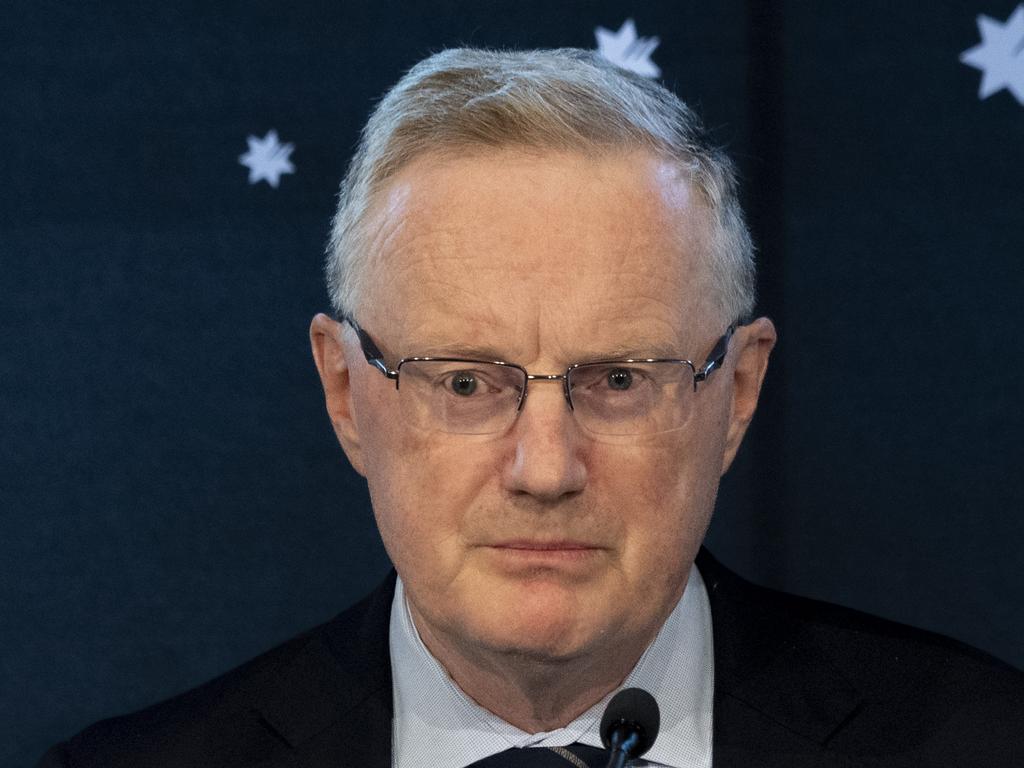Warning on Sydney housing as affordability hits record lows
Housing affordability is at record lows but could be improved as interest rates rise and hit house prices, according to a new analysis from investment bank Barrenjoey.

Housing affordability is at record lows but could be improved as interest rates rise and hit house prices, according to a new analysis from investment bank Barrenjoey. But there could be significant pain in the property market as highly-leveraged home loan borrowers are very sensitive to interest rate shifts with the bank expecting a 25 per cent fall for Sydney house prices.
It warned that if the central bank fell in line with market expectations of even higher shifts in rates then this could take house price falls in Sydney to up to 30 per cent. This drop is much deeper than officials have indicated that they expect.
Reserve Bank governor Philip Lowe in an appearance before a parliamentary committee last Friday signalled official interest rates were likely to increase again when the bank board next met on October 5 and said he “would not be surprised” if house prices fell 10 per cent from their recent highs.
The central bank chief said he never promised nor committed to keeping rates low until 2024, but he accepted people understood his “conditional” statements as late as last year to mean that.
Dr Lowe acknowledged that five consecutive rate hikes this year had been “unwelcome for many people, especially those who have borrowed large sums over recent times”.
Barrenjoey’s chief economist Jo Masters said the record high dwelling price to income ratio highlighted how unaffordable housing was in Australia. But the bank predicts that declining house prices and rising incomes should translate into an improvement in affordability over the next two years taking this key ratio back to pre-pandemic levels.
First-home buyers have been hit by deposit affordability, rather than mortgage serviceability. It currently takes 14 years to save for the median national house based on the median national salary.
Due to its high prices, Sydney is the hardest city in which to save a deposit and it takes an additional 3½ years in the city to save the required deposit, although the NSW government’s recently announced stamp duty reform will go some way to bring the city closer to the national average.
Mortgage repayments as a share of disposable income have been remarkably stable. But the bank warned that this is changing, and that ratio has already risen to 49 per cent, from a pandemic low of 34 per cent.
“In the next three to six months we expect the rise in interest rates to outweigh falling house prices, driving the cost of servicing a new mortgage to new highs,” Barrenjoey said.
It predicts that declining borrowing capacity will weigh on prices and credit growth with borrowing capacity set to decline by around 25 per cent by mid-2023, which would be the largest contraction of borrowing capacity in modern history, hitting house prices.
“Worryingly, there is clear downside risk to this outlook,” Barrenjoey said. “Indeed, if interest rates rise to current market pricing, and inflation is strictly applied to borrower’s expenses, borrowing capacity could decline by more than 35 per cent.
“We would expect this to trigger an even more severe correction in the housing market and credit growth, having implications for the economy and banking sector.”
House prices are highly sensitive to interest rates and the bank‘s model points to a 25 per cent fall for Sydney house prices. But there was the risk that rates could run higher towards bond market pricing of 3.6 per cent.
Barrenjoey said this would add a further 3-5 per cent decline to the city’s home prices. The bank said that if household income did not rise as expected then the hit to borrowing capacity would be larger, around 8 per cent, indicating a greater impact on prices.
The bank also expects rental yield to provide more of an offset further out as advertised rents are growing by double digits and economy-wide price growth of rents is accelerating, supporting house prices longer term.







To join the conversation, please log in. Don't have an account? Register
Join the conversation, you are commenting as Logout